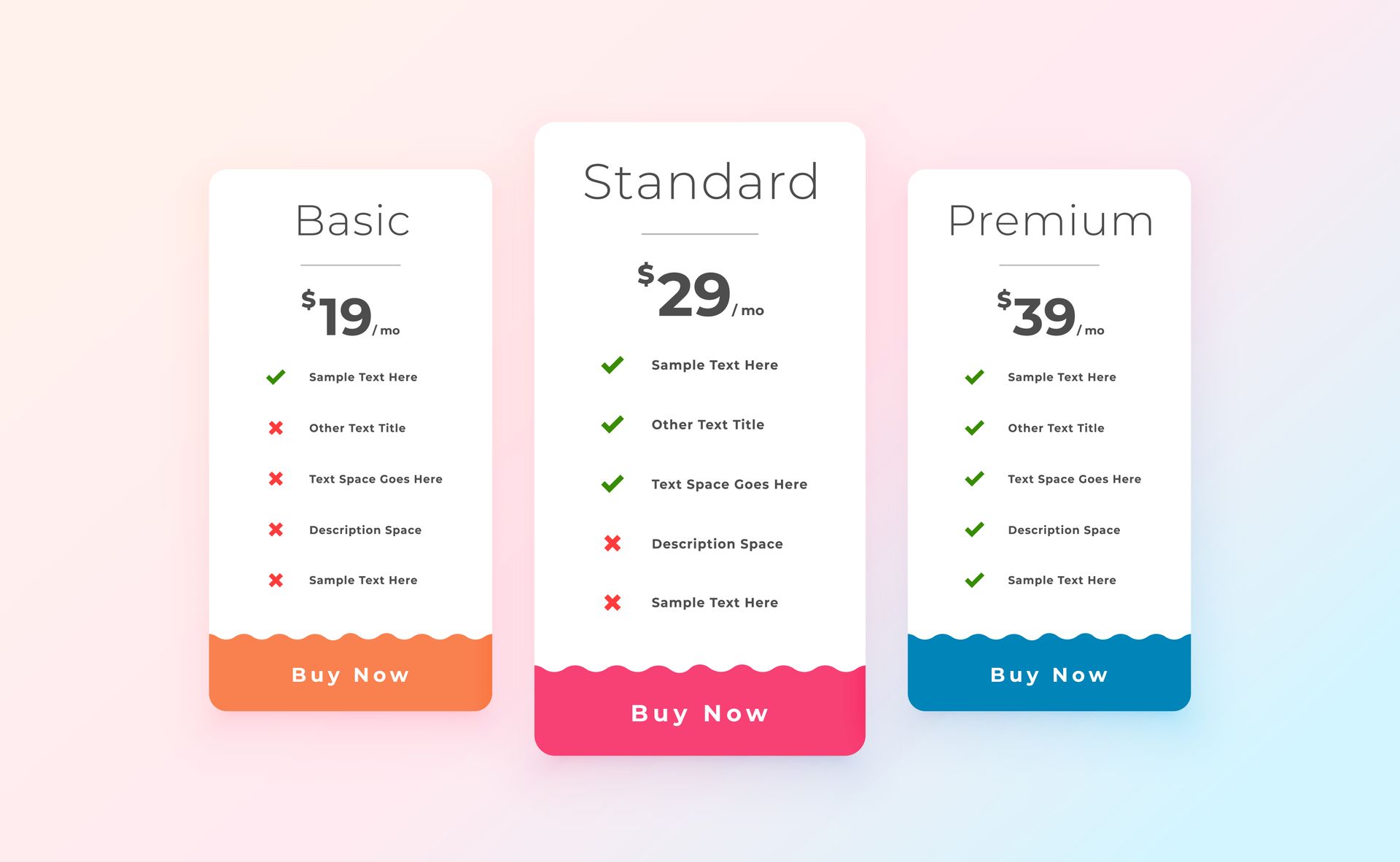June 11, 2025
The rise of Subscription based apps The digital landscape has witnessed a significant transformation in recent years, with subscription based mobile apps rapidly ascending as a dominant force across various industries. This shift is not merely a fleeting trend; rather, it reflects evolving consumer behaviours and market demands. Users now expect continuous value, seamless updates, and personalised experiences, making the subscription model particularly appealing for both businesses and their customers. At its core, the rise of subscription based mobile apps stems from their ability to offer ongoing access to premium features, exclusive content, or essential services—all for a predictable monthly or annual fee. Unlike traditional one-time purchases, this model fosters a deeper connection between businesses and users, encouraging long-term engagement and loyalty. For app developers and business owners, the recurring revenue generated creates a stable foundation for growth, allowing for more strategic planning and innovation. Key Drivers Behind the Trend Predictable Revenue Streams: Subscription models provide businesses with consistent cash flow, reducing the uncertainties of fluctuating sales. User Retention: The prospect of ongoing benefits incentivizes users to remain active and engaged, driving higher retention rates. Scalability: With streamlined onboarding and automated billing, scaling a subscription based mobile app becomes efficient and less resource-intensive. As businesses continue to seek sustainable growth and greater customer satisfaction, embracing the subscription app model is no longer optional—it's a strategic imperative. This evolution sets the stage for exploring how such platforms can drive business success without the administrative burden traditionally associated with growth. Key Benefits of Integrating a Subscription App into Your Business In today’s fast-paced digital marketplace, businesses are constantly seeking innovative solutions to sustain growth and streamline operations. Integrating a subscription-based mobile app into your business model is one such strategy that delivers measurable advantages without the administrative burden traditionally associated with customer management. By leveraging mobile app subscriptions, companies gain a competitive edge while fostering stronger, long-term relationships with their audience. Enhanced Revenue Predictability A subscription app transforms unpredictable, one-off sales into steady, recurring revenue streams. This predictability allows business owners to forecast income with greater accuracy, facilitating smarter budgeting and investment decisions. Rather than relying on sporadic transactions, you can count on a consistent flow of funds, empowering your business to plan for sustainable growth. Automated Customer Management Manual administrative tasks—such as invoicing, payment collection, and subscription renewals—can drain valuable time and resources. A subscription app automates these processes, reducing operational overhead and minimizing the risk of human error. With payment processing and user account management handled seamlessly within the app, your team is free to focus on core activities that drive further innovation and customer satisfaction. Deeper Customer Engagement Subscription models create ongoing touchpoints with users, encouraging frequent interaction and loyalty. Mobile apps can deliver personalized content, exclusive offers, and timely notifications directly to customers’ devices. This not only maintains engagement but also provides valuable insights into user behavior, enabling you to refine offerings for maximum impact. By embracing a subscription-based app, your business can achieve scalable growth, enriched customer experiences, and operational efficiency—all without the administrative headaches of traditional models. Streamlining Operations by Reducing Administrative Tasks Embracing a subscription-based mobile app can revolutionise the way businesses manage their daily operations, particularly by alleviating the often overwhelming burden of administrative tasks. In traditional business models, manual processes such as tracking customer payments, managing billing cycles, and maintaining membership records require significant time and resources. These repetitive tasks not only slow down productivity but also divert attention from core business activities that drive growth. Automation at the Core A subscription-based mobile app seamlessly automates critical administrative functions. Billing is handled automatically, with payments processed securely and recurring charges managed without manual intervention. Customer data is updated in real time, reducing the risk of errors that can occur with manual entry. This automation ensures that financial records remain accurate and up-to-date, alleviating the need for constant oversight or rectification of mistakes. Enhanced Efficiency and Focus With administrative tasks streamlined, business owners and staff can redirect their energy toward strategic initiatives, customer engagement, and delivering value-added services. The reduction in paperwork and routine communications—such as payment reminders or renewal notices—means teams spend less time on clerical work and more on activities that foster growth and innovation. Automated scheduling and notifications simplify appointment management. Integrated analytics offer instant insights, eliminating the need for manual data compilation. Centralised dashboards provide a holistic view of operations, enhancing decision-making. By leveraging a subscription-based mobile app, businesses gain a powerful tool that supports expansion without the administrative headaches, allowing them to operate more efficiently and competitively in today’s fast-paced market. Enhancing Customer Engagement with Push Notifications In the competitive landscape of mobile commerce, maintaining direct communication with users is crucial for sustained business growth. Subscription-based mobile apps offer a unique advantage by enabling automated, personalized push notifications that keep customers consistently engaged without manual intervention. These notifications serve as timely reminders, exclusive offer alerts, and tailored content suggestions, ensuring your brand remains top-of-mind for subscribers. Push notifications are remarkably effective in driving user interaction. Unlike traditional email marketing, which can get lost in overflowing inboxes, push notifications appear directly on a user’s device, capturing immediate attention. This immediacy allows businesses to deliver relevant updates—such as new product launches, service reminders, or special subscriber-only discounts—precisely when users are most receptive. By leveraging behavioural data and user preferences, these messages can be highly personalised, increasing the likelihood of engagement and conversion. Key Benefits of Push Notifications in Subscription Apps Real-Time Communication: Instantly inform users about latest offerings or updates, reducing lag in customer response. Increased Retention: Regular, value-driven notifications help minimize churn by reminding subscribers of ongoing benefits and new features. Automated Touchpoints: Set up scheduled or triggered notifications to maintain engagement without ongoing administrative effort. Harnessing push notifications within a subscription-based mobile app creates a seamless, automated channel for nurturing customer relationships, setting the stage for deeper engagement as users move through your business’s digital ecosystem. Choosing the Right Mobile App Development Strategy for Your Business Navigating the digital landscape begins with a pivotal decision: selecting the right mobile app development strategy. Whether you’re a startup seeking rapid market entry or an established business aiming to streamline operations, the strategy you adopt will shape your app’s performance, scalability, and long-term value. Subscription-based mobile apps in particular demand a thoughtful approach, as their success hinges not just on functionality, but also on user engagement and seamless back-end management. Understanding Business Objectives Start by defining your core objectives. Are you looking to boost customer loyalty, generate steady revenue, or automate administrative tasks? Clarifying these goals enables you to choose between native, hybrid, or cross-platform development. Native apps offer superior performance and integration for platforms like iOS and Android, while hybrid and cross-platform approaches deliver broader reach and faster deployment—often ideal for businesses prioritising speed and cost-effectiveness. Evaluating Subscription Models and User Experience A robust subscription model is integral to sustained growth. Opt for a development strategy that supports flexible billing cycles, secure payment gateways, and easy onboarding. User experience should be frictionless, encouraging users to subscribe and stay engaged. Prioritise features like personalised notifications, in-app support, and analytics to refine your offerings continuously. Native Development: Best for high-performance needs and deep device integration. Hybrid/Cross-Platform: Suited for rapid deployment and multi-device compatibility. By aligning your app development strategy with your business goals and the needs of a subscription-based model, you lay a foundation for growth—minimising administrative burdens while maximising customer satisfaction and recurring revenue.










